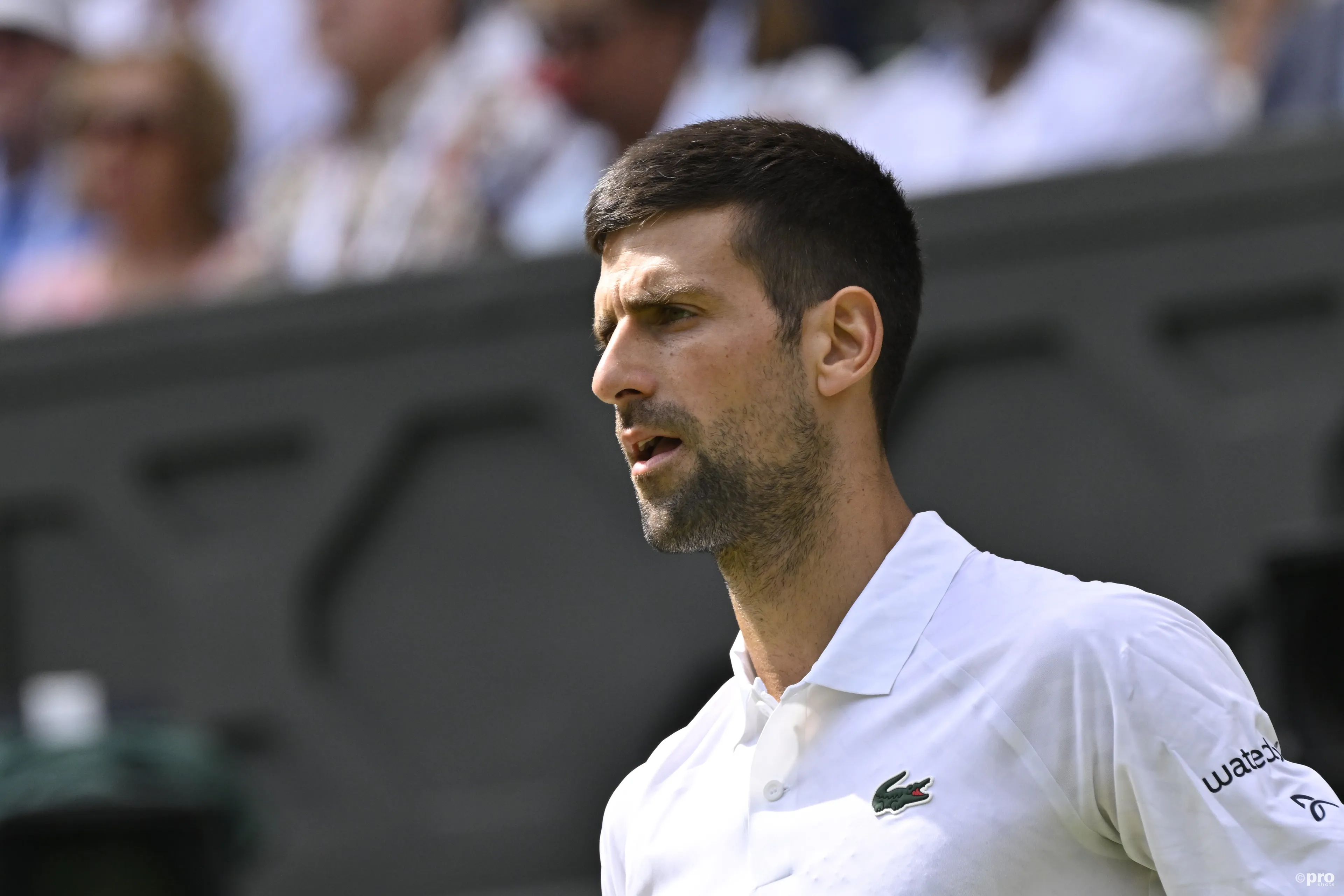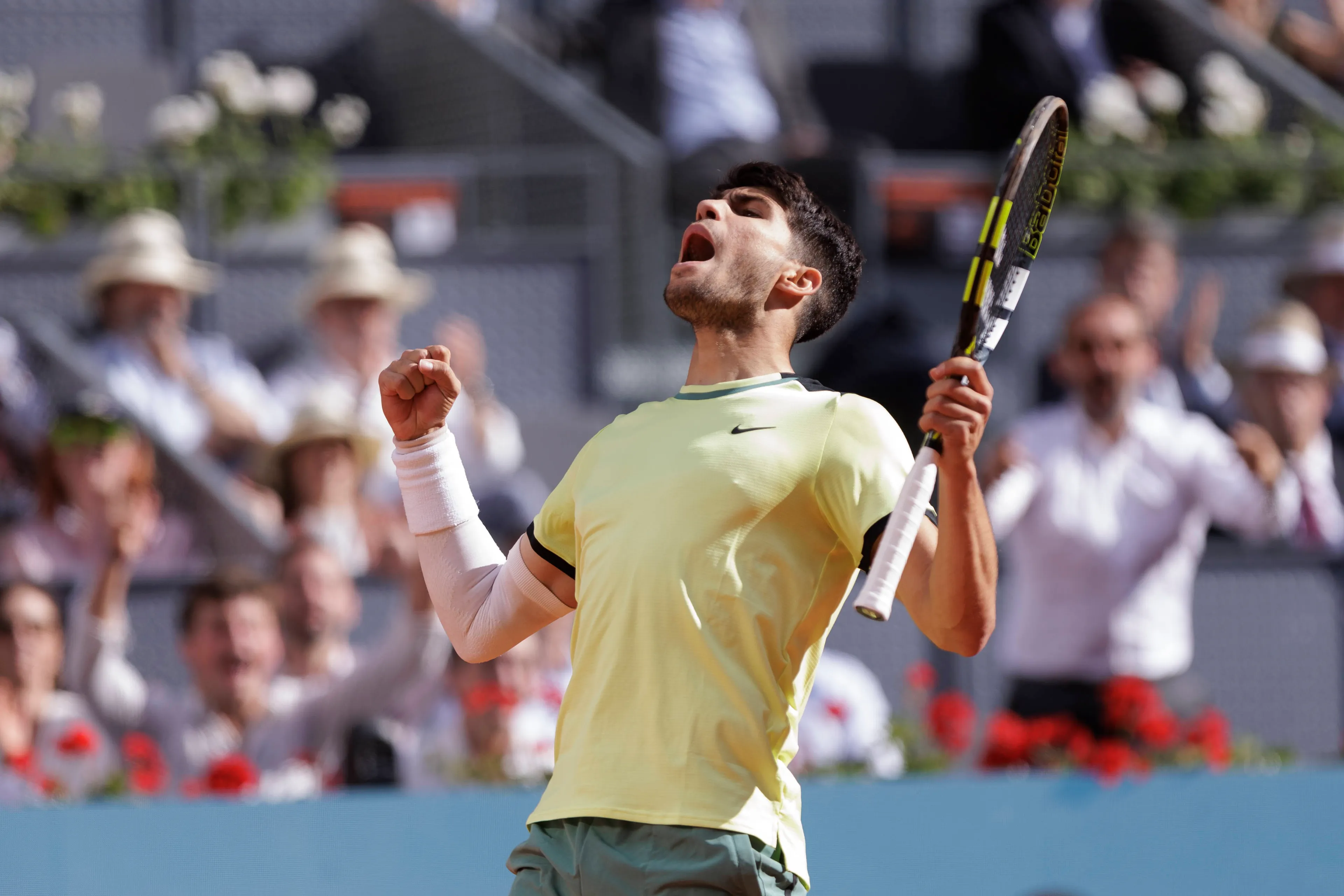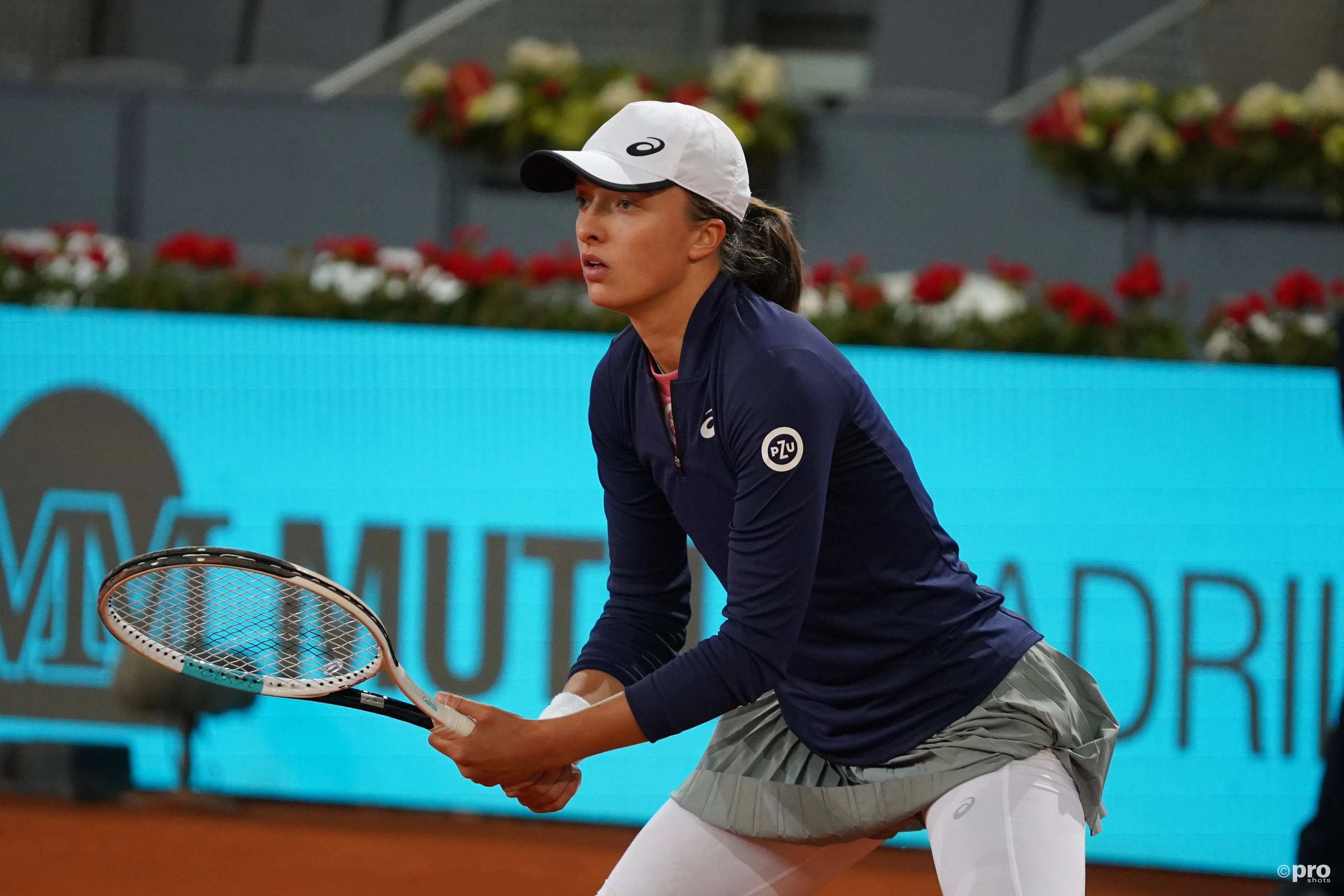Centre Court: The history and evolution of the biggest stages in tennis
Tennis NewsWednesday, 27 September 2023 at 03:00

The sport of tennis has skyrocketed in popularity over the years, with the best players often seen as the main attraction and thus being scheduled to play on the biggest stages.
In its nascent stages, most tennis players were wealthy socialites seeking amusement and exercise. However, as the game began to evolve, an audience soon grew for the sport, with the first Wimbledon final in 1877 watched by 200 paying spectators.
Read also
A spike in popularity led to a worldwide establishment of tennis clubs
Three years after the maiden Wimbledon final, F.H. Ayres & Company provided two temporary grandstands for the Centre Court, and by the mid-1880s permanent stands had been erected on three sides of the court, along with a sectioned-off area for the press.
The name Centre Court was a logical one, for at Wimbledon’s first home in Worple Road the main court was indeed surrounded on all sides by the other “outside” courts. There are now “Centre Courts” at tournament venues throughout the world, though few are actually centrally positioned.
Read also
Following the international success, tennis was incorporated into the first Olympic games of the modern era in 1896, with Ireland’s John Boland earning the distinction of becoming the first Olympic tennis champion. Four years later in Paris, Great Britain’s Charlotte Cooper won the inaugural women’s tennis event to become the first female gold medalist in the history of the Olympic movement.
Subsequently, showcase courts featuring the best and most talented players were erected at the other Grand Slams. The Centre court at Roland Garros was renamed after Phillipe Chatrier in 2000, a Davis Cup player and French junior champion. The US Open re-dedicated their largest center to Billie Jean King in 2006, while the Australian Open renamed their main court after Aussie legend Rod Laver.
claps 0visitors 0
Just In
Popular News
Latest Comments
- Well, that was ... all about nothing. Every excuse and future workout plan mentioned should have been dealt with a long time ago. R.I.P., Mark Petchey.
 mandoist22-04-2025
mandoist22-04-2025 - I hope Marion Bley is the Chair Ump for the Final. It would be Karma Served for Saba after her disrespectful 'performance' in the semi.
 mandoist21-04-2025
mandoist21-04-2025 - Coco needs to stop the Williams Hero Worship and play like 'Coco'.
 mandoist19-04-2025
mandoist19-04-2025 - Didn't expect issues between these two...SakkariFan2318-04-2025
- Send her a crate of deodorant DoveSakkariFan2318-04-2025
- Good to see, hopefully Sakkari can return to the form she deserves.SakkariFan2318-04-2025
- Shame no play on Friday but some line-up incoming..SakkariFan2318-04-2025
- Zverev's reaction lacked a bit of class this time around. He handled it better in Australia.MrAndreeva18-04-2025
- Funny from Dove & a corporate rarity.MrAndreeva18-04-2025
- Well, we all surely appreciate this bit of nothing. Go feed your kids.
 mandoist17-04-2025
mandoist17-04-2025








